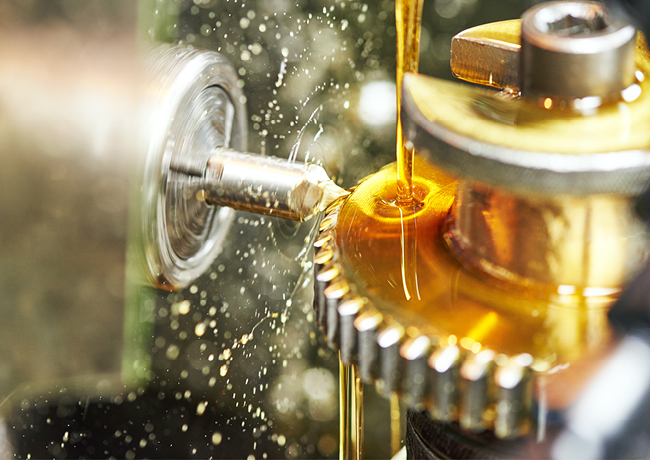e ver wondered why machines breakdown unexpectedly? Well, the problem could be a mistake in lubrication.This article delves into costly lubrication mistakes many people make that could damage machines.
Over Lubrication
For many people, if lubrication is good for a machine then more lubricants could be better. On the contrary, over lubrication can actually reduce the efficiency and lifespan of a lubricant. In fact, excess lubricant requires a machine to produce extra torque in order to move bearings or gears at the required speed. And Extra torque results in the generation of excess heat, and heat destroys lubricants before their time.
Overgreasing for instance can lead to high operating temperatures, collapsed seals and in the case of greased electric motors, energy loss and failures.
Under-lubrication
One of costly lubrication mistakes that people do is Under-lubrication. This is easy to spot due to excess heat and sound that will radiate from the machine until it fails. A standard grease gun delivery for instance is rated as approximately 30 strokes per oz. Therefore, higher or lower volume grease guns could cause damage to a bearing if you don’t take into consideration a calculation of the output per stroke. So take care not to under-lubricate you machine as this will surely reduce its efficiency and lead to damage.
Wrong lubricant
Another costly mistake that many people do is Using the wrong lubricant. Disregarding the manufacturer’s recommendations for any piece of equipment or component could potentially lead to failure of the equipment or voiding the machine’s warranty.
Whenever a new machine or component is installed, one of the first things to be addressed is the type of lubricant to use. Typically, the equipment will come with a recommendation from the manufacturer. While this recommendation may be somewhat vague, it can provide crucial viscosity information.So, be sure to follow the manufacturer’s instructions at all times.
Mixing lubricants
Mixing lubricants is one of the costly lubrication mistakes many people make. Mixing lubricants can result to viscosity variances in a bearing for example.
If the final viscosity of the mixed fluids is too low, the resulting film thickness will not be sufficient to provide adequate separation of the two bearing elements, which likely will lead to failure. If the viscosity is too high, increased energy consumption and heat generation can result. Imagine running in water on the beach. Water has a viscosity of 1. As the viscosity increases, it will take more effort to run through that water.
Lubricant contamination
A contaminated lubricant is not only a danger to the machine itself but also lubrication equipment because it degrades the life and performance of the lubrication pump and metering systems.
A good-quality lubrication pump should operate for more than three years without requiring maintenance, but contamination can reduce that life to months – or even weeks if the contamination is really severe.
Depending on their size, the contamination particles can become trapped between the seals and act as an abrasive, scoring metal and scouring seals away. At some point, the reduced tolerances open up and allow a flow of grease through the sealing area, resulting in loss of lubrication system functionality.
Also Read
List of best HDPE pipe manufacturers in Kenya
How to plaster a wall: Do It Yourself

